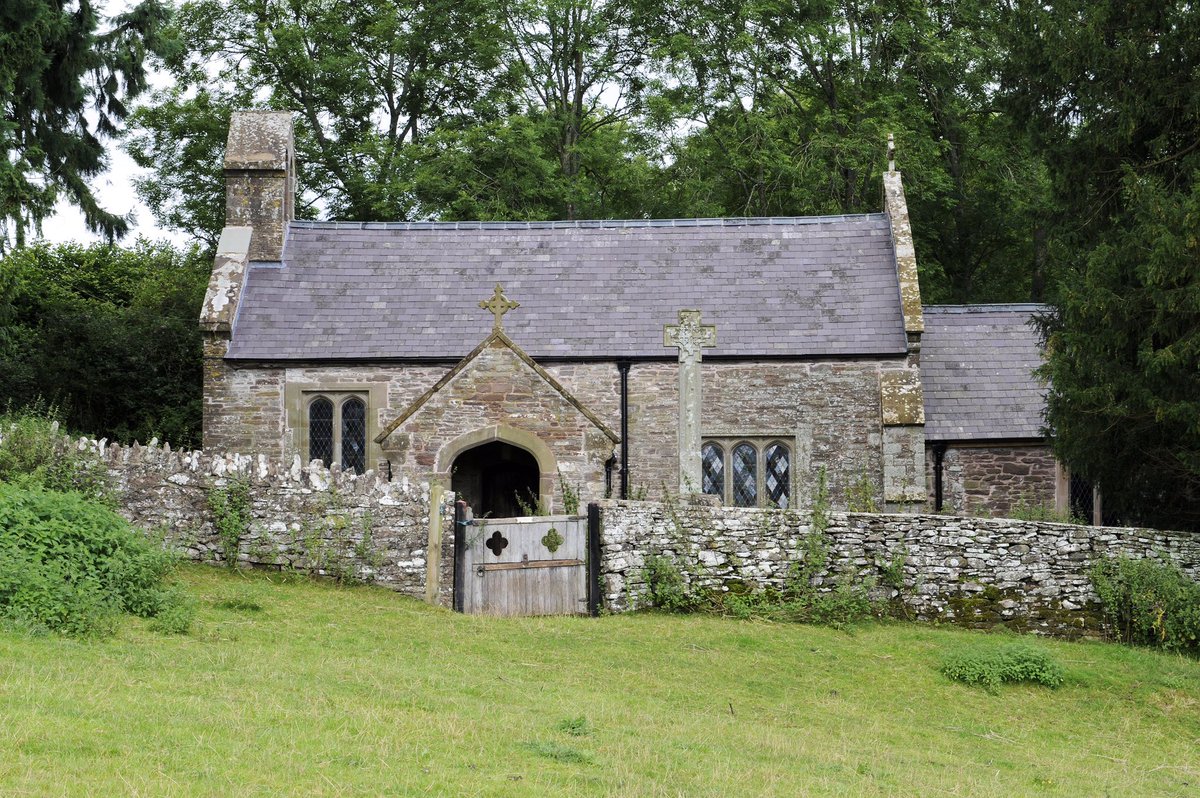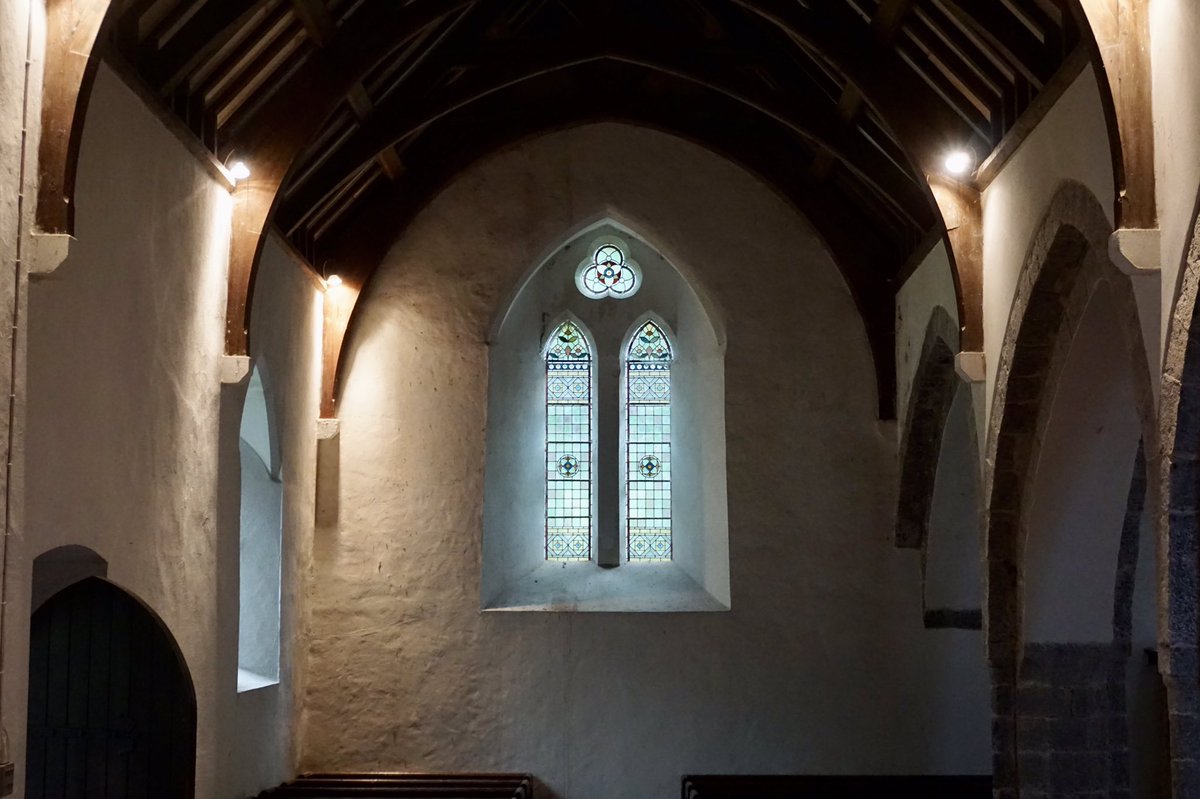
In churches, hard surfaces and sharp angles of stone, brick, glass and wood are softened by the delicate draping of intricately woven and embroidered altar-cloths, comfortable cushioning of communion kneelers & pleasing curves of plump hassocks, stitched with great care. 🪡
1/5
1/5

Today we’re celebrating our churches’ softer side …
1. Altar cloth, St Mary's, Long Crichel, Dorset ⬆️
2. Altar frontal, St Philip's, Caerdeon, Gwynedd ⬇️
2/5
1. Altar cloth, St Mary's, Long Crichel, Dorset ⬆️
2. Altar frontal, St Philip's, Caerdeon, Gwynedd ⬇️
2/5

• • •
Missing some Tweet in this thread? You can try to
force a refresh






















